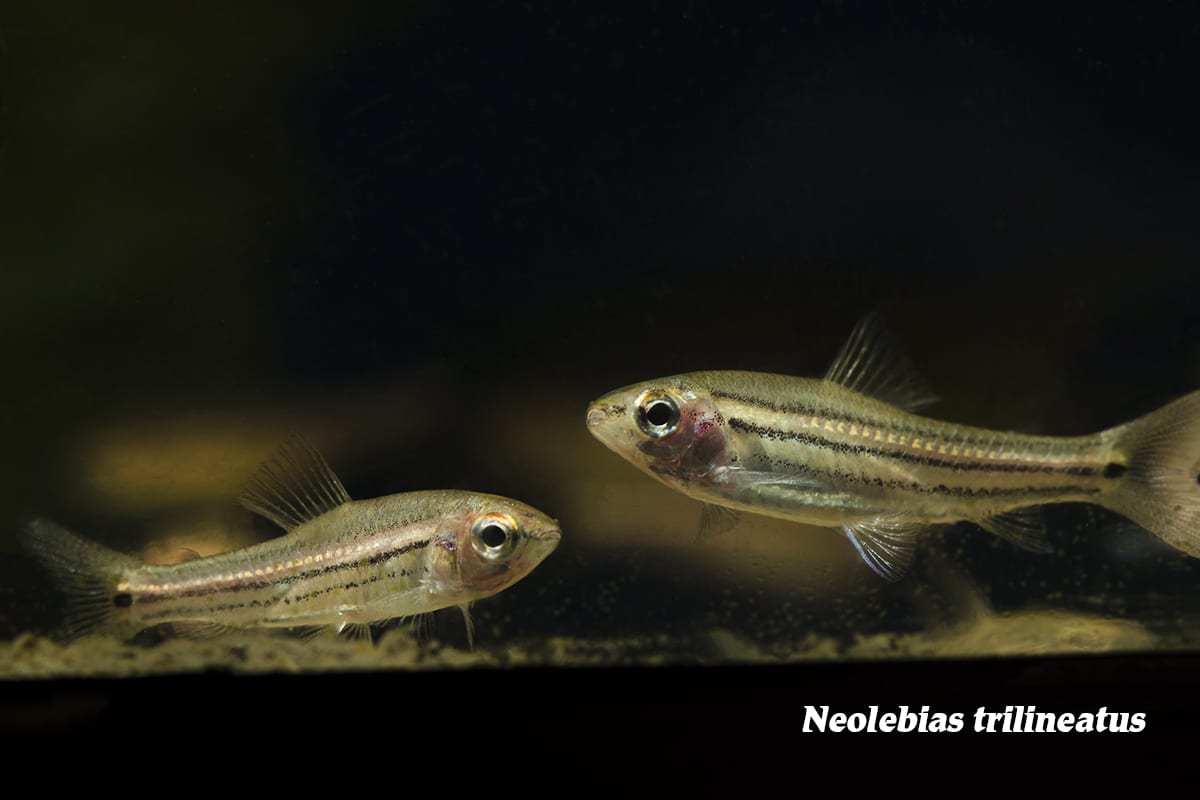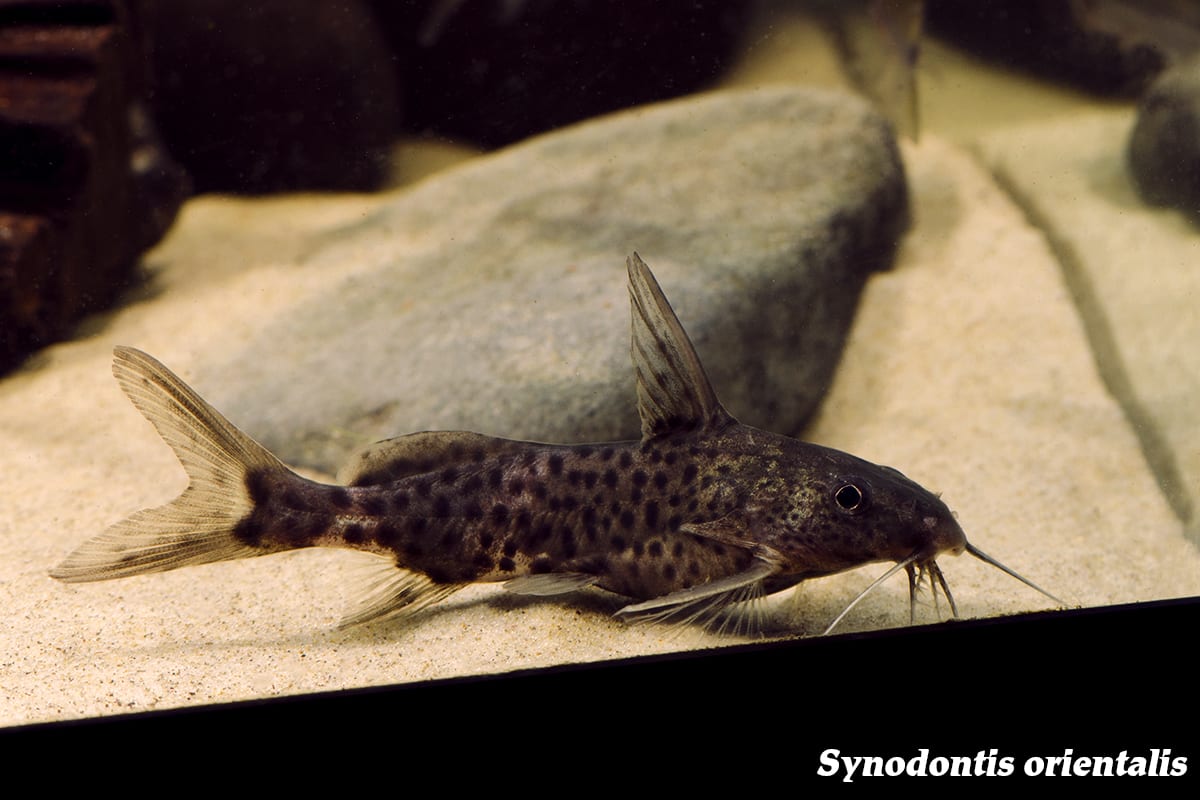Old World Pie
Old World Pie
Share on facebook
Share on twitter
Share on reddit
Share on pinterest
While fifth graders all over the country compete in the memorization challenge of the millennium, March 14th may seem like any other day to most of us. 3,1, and 4 being the first three digits of the mathematical constant popularized by Archimedes, the seemingly infinite and randomly distributed irrational number is simply the ratio of any circle’s circumference to its diameter. Before you get to yawning, let’s give pi the respect it deserves, as this powerful constant is key to the seamless functioning of the technology upon which most of us rely so heavily. Essentially, the constant allows for the concurrent computation of multiple processes, which means no pi, no smart phones! At this junction, I may not come close to understanding pi calculus, but it’s important to recognize and celebrate things that are beyond us! So, in honor of Pi day, let’s construct an “Old World Pie” of sorts, with all the major constituents: cichlids, distichodontids, and, of course, catfish.
Scientific NamePelvicachromis kribensis
Common NameTaeniatus Kribensis “Bova”
Temperature / pH79 to 79°F / 5.0 to 7.0 pH
Native LocationBova, Cameroon
Preferred DietAlgae, soft plant matter
Pair-bonding cave-spawners, Pelvicachromis kribensis “Bova” are found in slow-moving forest streams and rivers in West Africa. Reaching about 2.5 inches in length, female “Taeniatus Kribensis” from Bova have characteristic purple bellies, with a dark horizontal stripe from nose to tail, while males reach about 3 inches and have yellow underbellies, blue-scaled cheek spots, and dark spots on their caudal fins. With a preference for soft, acidic waters they do best in biotope tanks with sandy substrate, branches, water-worn rocks, and dense vegetation including hardy species like Anubias and Bolbitis. As cave-spawners, they require ample hiding places with furnishings like caves, upturned clay pots, PVC pipes, and nooks and crannies formed from natural furnishings. Like all cichlids, Kribs can be territorial to similar species, but when kept in pairs and with plenty of dark refuges, they are actually quite peaceful. Fine tenants of most community tanks, they do well alongside Pareutropius catfish, tetras, and killifish. Mostly herbivorous in the wild, they feed predominantly on algae and soft plants. In aquaria they should be fed high-quality veggie flake with fresh greenery regularly interspersed into their diets. Tank waters should generally be kept with temperatures between 72 and 79°F, a pH between 5.0 and 7.0, and hardness around 90 to 215 ppm.
Scientific NameNeolebias trilineatus
Common NameThree-lined Neolebias
Temperature / pH73 to 79°F / 6.0 to 7.2 pH
Native LocationCongo River Basin
Preferred DietSmall invertebrates
Though the root of their latin name suggests “new”, another Old-World-dweller, Neolebias trilineatus hails from the Congo River basin. Known as “Three-lined Neolebias”, they reach about 1.5 inches and have pointed bodies with spiny fins, a golden dorsal stripe from nose to tail, and 3 thin black lines down their sides. A lurker of dark areas in their natural habitat, they don’t do well in bright light, and fare best in densely planted setups with floating plants, dark substrate, and plenty of hiding places like rocks, caves, pvc pipe, and driftwood. A shy, but shoaling species, they should be kept in conspecific groups of 6 or more, and will be seen the most in species-only tanks with lots of hiding places. They can, however, be kept alongside small, peaceful species that aren’t overly boisterous and competitive. Mostly feeding on small invertebrates in the wild, they should be fed high quality dried products frequently supplemented by live and frozen fare. Waters should generally be soft and slightly acidic with pH between 6.0 and 7.2, and temperatures should be maintained between 73 and 79°F.
Scientific NameSynodontis orientalis
Common NameRuvu Squeaker Catfish
Temperature / pH73 to 82°F / 6.5 to 8.0 pH
Native LocationRuvu River, Tanzania
Preferred DietHigh quality flake/frozen foods
Found in the Ruvu River drainage of Tanzania, Synodontis orientalis is a new favorite among catfish lovers. An extremely rarely imported member of the Mochokid family, “Ruvu Squeaker Catfish” are a gorgeous “upside-down cat” that reaches 3.5 inches in length. Exhibiting long bodies, pointed noses with long whiskers, spiny dorsal and pectoral fins, a forked caudal fin, and mottled brown, grey, and white coloration, these adorable Mochokids are completely peaceful community tank inhabitants. They do best in dimly-lit tanks with soft substrate, rock piles, driftwood, and hardy vegetation. Tanks must be fit with tight lids, as this cat is known to hop over obstacles and out of tanks with ease. Omnivorous by nature, they should be fed high quality flake, and meals of live and frozen small invertebrates on a regular basis. Another soft-water-o-phile, tanks should be kept with temperatures of 73 to 82°F, and pH between 6.5 and 8.0.
Hopefully we’re all past the painful geometry-class-flashbacks that pi is known to elicit, and can appreciate that it was an important concept to learn if at least one kid in class took it and ran. So, bake a pie, order a pizza, or apply the concept to something that interests you! Happy Pi Day aquarists!


